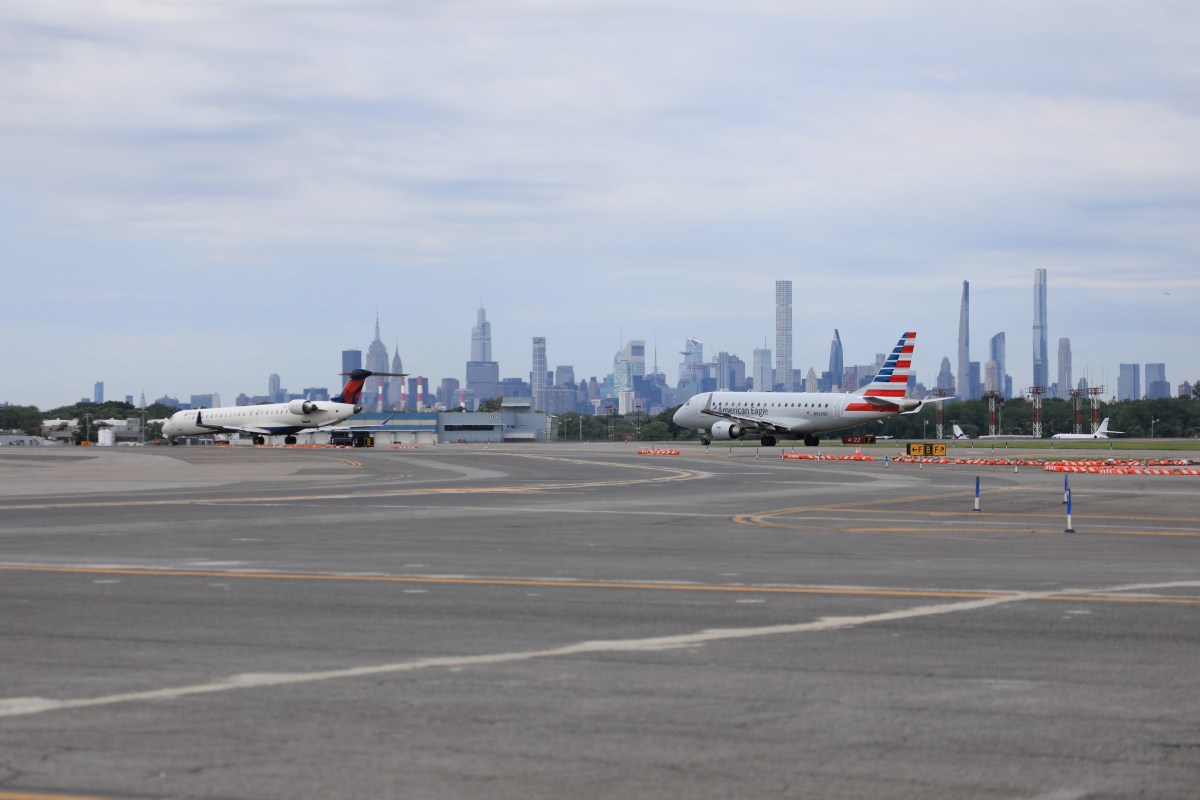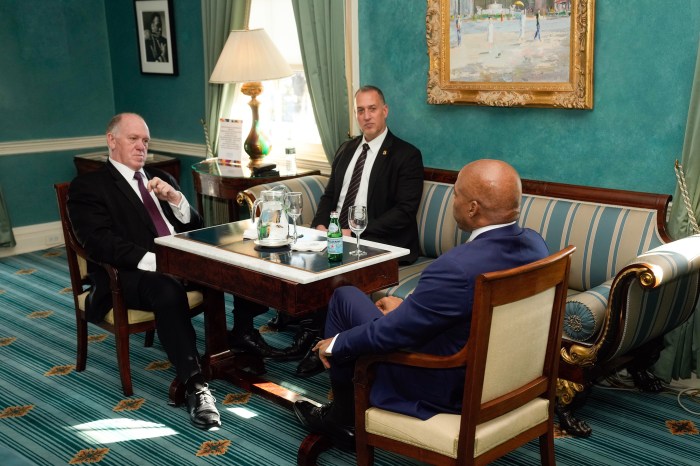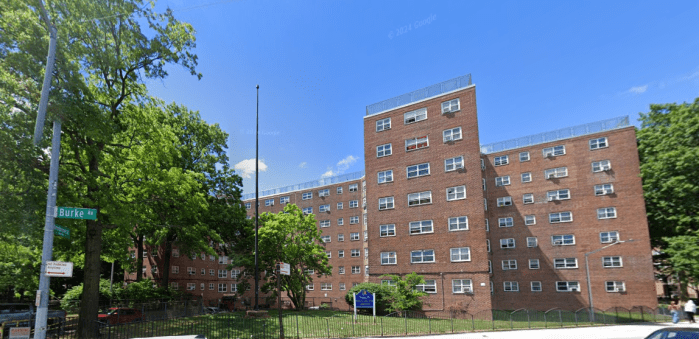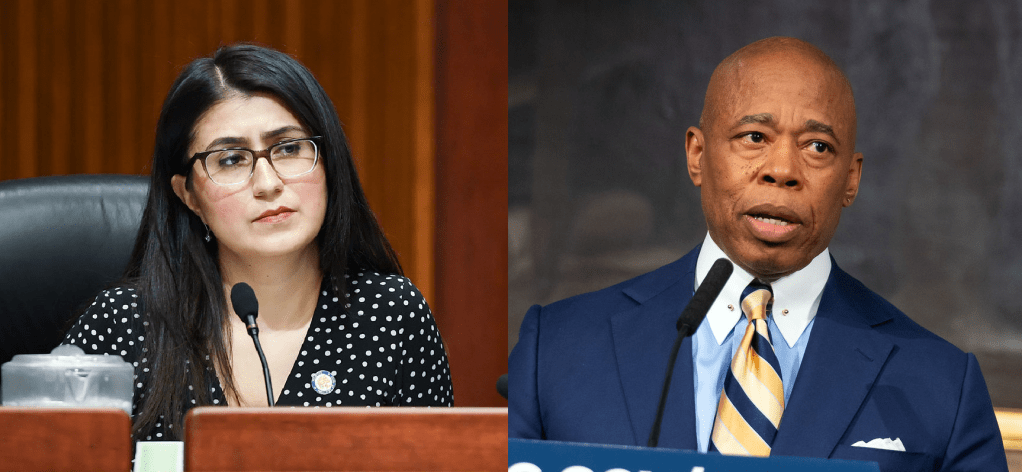
Fleeing from Afghanistan in the thick of the Soviet-Afghan war, learning to speak English, growing up in a foreign land, deciding to become a poet — Sahar Muradi’s major milestones in life were always governed by a fortunetelling book of poems, a tradition she brought from Afghanistan to Elmhurst, Queens, at the age of 3.
Her mother used the Divan-e-Hafez to decide if she wanted to marry her father, and later, the book helped her make the harrowing journey out of Afghanistan with three children, after he had to flee for speaking out against the communist Soviet regime, she added.
The book, which has been in Muradi’s family for several generations, will be on display along with objects brought to the United States by 30 other immigrants from 23 different countries. “What We Bring: New Immigrant Gifts” at City Lore Gallery, which runs from April 6 to Sept. 16, commemorates the 50th anniversary of the Immigration and Nationality Act of 1965, which sparked a new era of immigration to America, according to Steve Zeitlin, owner of City Lore and co-curator of the exhibit.
“When [President Donald] Trump says that people who come across the border are drug dealers, murderers and rapists, we are saying that many of them are artists that are bringing new traditions here,” Zeitlin said, referring to anti-Mexican comments made by Trump during his presidential campaign.
“We don’t want a homogenized America, which does not have diverse traditions constantly reinvigorating it,” he added.
The law, which took effect in 1968, spurred widespread immigration on the basis of family reunification, according to Hasia Diner, professor of history at New York University. Immigrants from certain parts of Europe, Asia, Latin America and Africa started coming to the United States in small numbers, and eventually sending for their families, she said. As the Hart-Celler Act, as it was also called, got rid of the “racist” quotas, immigration from the parts of the world that had been severely restricted from a 1924 law suddenly started altering the fabric of American society, she added.
“Think of the foods we enjoy, the cultural traditions we now have, the music that you listen to, the rhythms, the dances; it’s endless,” Muradi, who now works as the director of poetry programs at City Lore, said. “The discourse on immigration is focused on the financial contributions of immigrants and that has become the rationale for why it’s good to have immigrants. That is so problematic.
“It’s really refreshing to turn it on its head.”
The objects on display, which will be accompanied by portraits of artists and descriptions of their stories, include an Indian Bharatnatyam dancer’s ankle bells, a Ghanaian textile designer’s traditional, mythical-bird cloth pattern, and a Sierra Leonean blacksmith’s bellows.
Artists featured include Hoang Lieng, a Vietnamese chef who escaped the Vietnam War on a boat and eventually opened V-Nam Cafe in the East Village; and Cindy Campbell, a Jamaican-born activist who is known as the “mother of hip-hop” for her early party promotions in the Bronx with her brother, Kool Herc.
In addition to the objects, several musical showcases and food-tasting sessions also are slated for the duration of the exhibition, according to Zeitlin.
Upon entry into the gallery located at 56 East 1st St., visitors will have to walk through a makeshift body scanner. Instead of a beep, however, they will be greeted by participating Peruvian percussionist Hector Morales’ voice.
He contributed the cajón, a box drum abundant on the coast of Peru. When he first came to America to advance his interest in jazz, he used the instrument as a suitcase to store his belongings, he said.
“There were many things in that cajón and in me that the X-ray machine at JFK Airport could not catch — my thoughts and dreams,” according to Morales.
Now a professional musician, author of a how-to-play guide for Afro-Peruvian instruments, and a freelance teaching artist for the public schools of New York City, Morales questions how anybody can doubt immigrants’ contributions to America.
“In a time when immigrants are being portrayed in so many negative ways, just being able to share our story of why we are here, why we came here, what it is we do here; I think the exhibit is a great way for people to understand a better perspective of who we are as immigrants,” he said.
“We really like this country. We feel very grateful for the opportunities we have here, “ he added. “We are also proud of being immigrants.”
If you go: The opening reception will be from 6 to 8 p.m. Friday at City Lore Gallery, 56 E. 1st Street. Gallery hours are from 2 to 6 p.m. Friday and noon to 6 p.m. Saturday and Sunday.





































